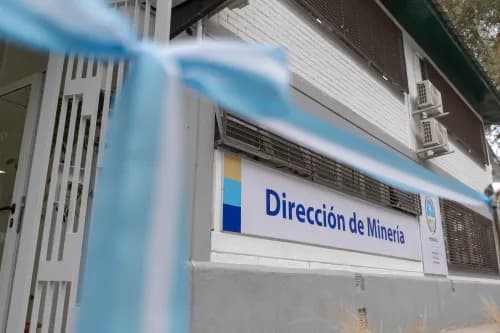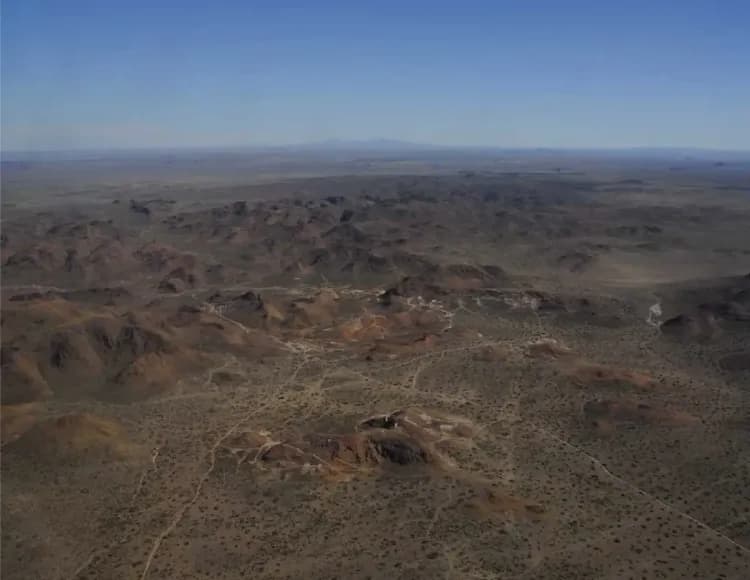Advantage Lithium Corp provided further details regarding the Phase One drilling program that has commenced at the company’s flagship lithium property located in the Cauchari Salar of Jujuy province in NW Argentina.
Hole CAU07, the first of the five-hole Phase One program at Cauchari has been collared in the NW block of the JV property exploration target area, which has been defined with a range of 125 to 1,855 million cubic meters of brine at between 260 and 600mg/l lithium and 2,500 to 5,350mg/l potassium for the lower and upper ranges respectively; this represents an in situ range of contained product of between 0.25 to 5.6 million tonnes of lithium carbonate equivalent (LCE) and 0.9 to 19 million tonnes of potash (KCl).
The hole is expected to drill through a sequence of gravels before reaching the target salt lake sediments. The pre-collar through the gravels is expected to take three to four weeks, including cementing. This will be completed before moving the rig to drill CAU10 in the south-eastern target area where the existing inferred resource is located. This will allow the cement to cure adequately, while advancing with drilling at CAU10. Further drilling will be completed in the south-eastern area before returning to complete CAU07.
David Sidoo, CEO of Advantage Lithium, commented, «Drilling has now commenced, with the first hole collared in the North-West area of our exploration target approximately 7 km north-west of our existing resource at Cauchari. We are excited by the potential to expand our resource both laterally and at depth, and we look forward to sharing the results as they are received over the coming months.»
Cauchari Phase One Drilling and Testing Program
The Phase One program consists of drilling five rotary holes to a depth of approximately 400 m targeting sand and halite units identified at Cauchari and Olaroz. It is estimated that 3-4 weeks will be required to drill each hole and install a well to the required depth. In-hole geophysical profiling and geological logging will provide the basis for installing screen intervals in the wells.
Other activities will sequentially follow completion and cleaning of the wells. Once clean, brine sampling will be undertaken in the wells at different depth intervals (using packer equipment) to establish the distribution of lithium throughout each well. As detailed sampling will follow well installation, brine analytical results are likely to become available approximately 8 weeks after the initiation of each hole.
Pump testing will then be undertaken following completion of depth sampling, with variable and fixed rate flow tests planned to assess the production capacity and lithium grade of each well. The wells will be installed so they can be used for future brine production.
Additional rotary and/or diamond drill holes will be added as justified by initial results as we proceed towards engineering studies.
























